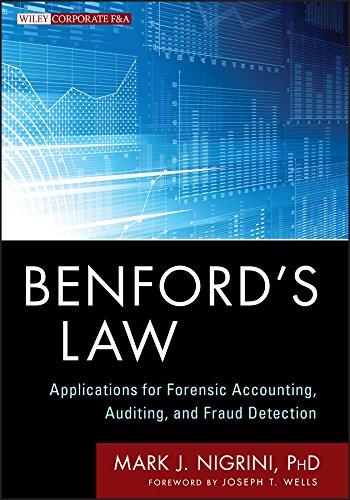Answered step by step
Verified Expert Solution
Question
1 Approved Answer
The following data should be used for questions 9-12: $ 12,000 16,000 5,000 8,000 17,000 12,000 118,000 165,000 64,000 12,000 18,000 220,000 Raw materials inventory,

Step by Step Solution
There are 3 Steps involved in it
Step: 1

Get Instant Access to Expert-Tailored Solutions
See step-by-step solutions with expert insights and AI powered tools for academic success
Step: 2

Step: 3

Ace Your Homework with AI
Get the answers you need in no time with our AI-driven, step-by-step assistance
Get Started


